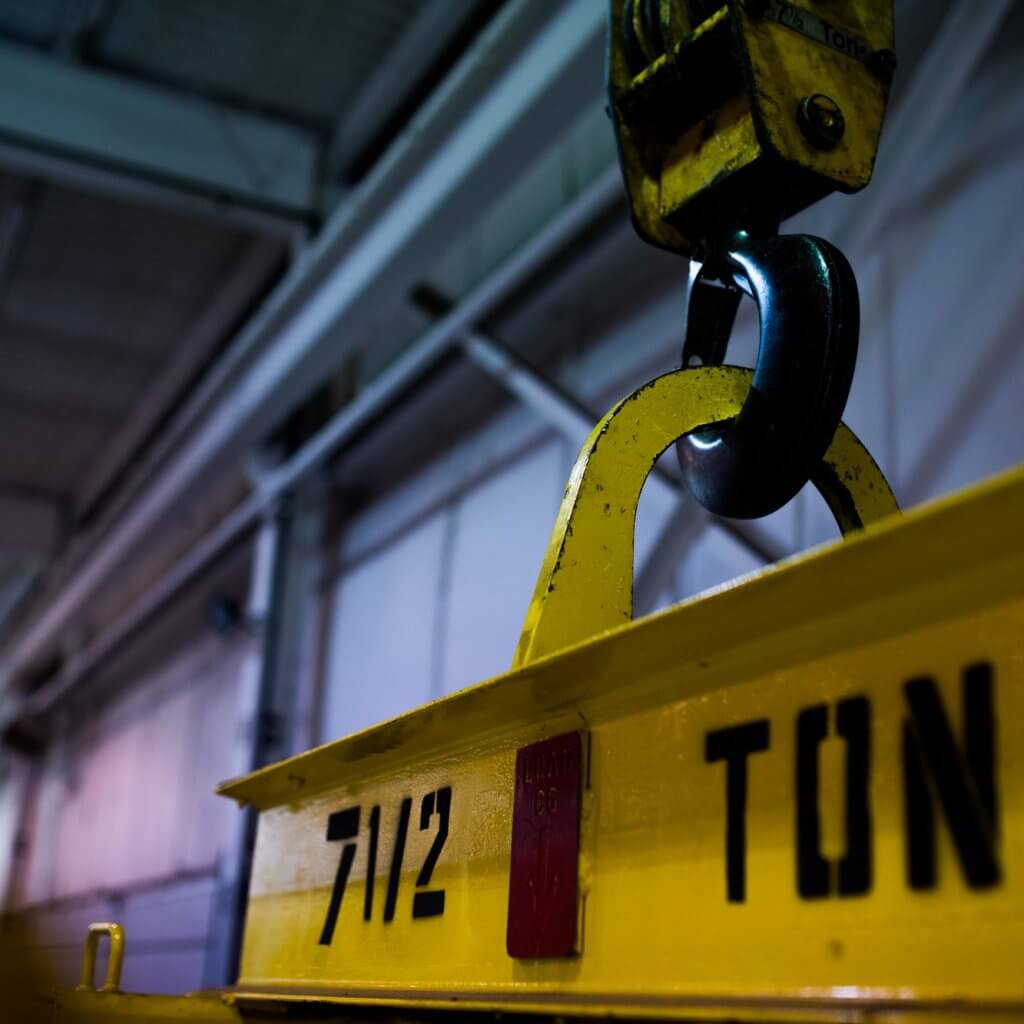
April safety focus: Crane Safety
All workplace safety is important, but crane safety is critical because accidents related to cranes can be devastating.
All workplace safety is important, but crane safety is critical because accidents related to cranes can be devastating. It’s not a matter of right or wrong. It could be life or death.
According to Creative Safety Supply, the following are key areas that should be included in any crane safety plan.
- Common crane hazards: being aware of risks helps to ensure that everyone is watching out for them and taking steps to avoid them
- Preventing crane accidents: understand the equipment you’re using and how each type of crane presents a different set of hazards
- Crane inspection list: making sure your equipment is in proper working order is essential; all parts of the equipment must be checked thoroughly before each use
- Personal protection equipment (PPE): to ensure employees are protected if something should go wrong, PPE is required for those working on or around a crane. Hard hats, eye protection and hand protection are required at a minimum.
- Crane hand signals: Hand signals are the preferred way to clearly communicate in noisy areas, when wearing hearing protection or when the line of vision is obstructed
- Crane safety signs: to clearly identify areas where a crane is in use
- Crane safety training: for all employees who work on or around cranes
Safety plans and training should be customized to match the types of cranes that are used at your specific facility, even within the same organization. Not all worksites are the same; using different equipment requires different training.
See your division’s safety training team to learn more about our crane safety program.
To read the full article referenced above, visit Creative Safety Supply.
